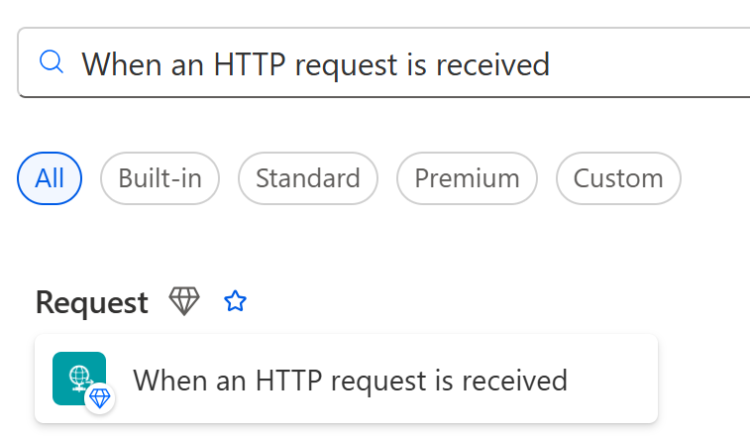Crane Time: The Workflow Automation Gap in Industrial Services
Industry Overview
The industrial services sector stands at a technological crossroads. While field operations leverage sophisticated equipment monitoring systems, GPS tracking, and real-time load calculations, administrative workflows across the industry remain surprisingly manual. This operational divide creates a competitive differentiation opportunity that forward-thinking organizations are beginning to exploit.
Recent industry surveys indicate that 73% of industrial service companies still rely on email-based approval chains for critical business processes. Meanwhile, the same organizations deploy IoT sensors, predictive maintenance algorithms, and advanced telematics in their field operations.
The Hidden Drag on Industry Performance
Manual workflows create systemic inefficiencies that impact the entire industrial services ecosystem:
- Project Delays Across the Board: When change orders, equipment requests, and scope modifications require sequential approvals through email chains, every project in the industry moves slower than necessary. Industry analysis shows average approval cycles of 3–5 business days for decisions that could be automated to complete in minutes.
- Resource Inefficiency at Scale: The industrial services sector employs thousands of administrative personnel primarily to move information between systems. This represents billions in annual overhead that could be redirected to revenue-generating activities.
- Communication Overhead: Industry studies reveal that project managers spend 31% of their time on status updates and coordination activities that automated workflows could eliminate.
- Competitive Pressure Points: Organizations maintaining manual processes increasingly struggle to match the response times of automated competitors, creating market share shifts that accelerate each quarter.
Emerging Automation Technologies
The technology stack for workflow automation has matured significantly:
- API-First Architecture: Modern platforms expose robust APIs that enable seamless integration without custom development. Industrial service companies can connect existing systems in weeks rather than months.
- Mobile-Native Solutions: Cloud-based automation platforms provide full functionality on mobile devices, enabling field personnel to participate in workflows from any location.
- Intelligence Layer Integration: Machine learning models can now route approvals, predict bottlenecks, and optimize workflows based on historical patterns.
Industry Transformation Patterns
Leading industrial service companies demonstrate consistent implementation approaches:
- Procurement Automation: Organizations are automating purchase requisitions, vendor communications, and delivery confirmations. Early adopters report 60% reduction in procurement cycle times.
- Project Management Integration: Automated workflows now connect project planning systems with resource allocation, equipment scheduling, and customer communications. This integration eliminates duplicate data entry and reduces project coordination overhead by 40%.
- Compliance Documentation: Digital workflows automatically compile safety records, equipment certifications, and regulatory filings. Automated compliance tracking reduces audit preparation time by 75% while improving accuracy.
- Customer Communication Channels: Service requests, status updates, and completion notifications now flow automatically between customer portals and internal systems, improving response times and satisfaction scores.
Market Dynamics and Competitive Implications
The industrial services market increasingly rewards operational efficiency:
- Speed Premium: Customers willingly pay 15–20% premiums for providers that can guarantee faster response times enabled by automated workflows.
- Scalability Advantages: Automated organizations handle 2.3× more volume per administrative employee than manual counterparts, enabling profitable growth without proportional overhead increases.
- Accuracy Differentiation: Error rates in automated workflows approach zero, while manual processes average 3–5% error rates. This accuracy gap influences vendor selection decisions.
- Talent Attraction: Younger professionals prefer organizations utilizing modern technology stacks. Companies maintaining manual processes struggle to recruit top talent.
Implementation Economics
The business case for workflow automation continues strengthening:
- Deployment Costs: Cloud-based platforms eliminate infrastructure requirements. Monthly subscriptions start at levels accessible to small and mid-sized operators.
- Implementation Timelines: Modern platforms deploy in 4–6 weeks versus 6–12 months for traditional enterprise software.
- ROI Realization: Organizations typically achieve positive ROI within 90 days through labor savings alone, before considering revenue improvements.
- Scaling Economics: Automated workflows handle volume increases without linear cost growth, improving margins as organizations expand.
Future Industry Direction
Several trends will accelerate workflow automation adoption:
- Customer Expectations: As consumer experiences with industry leaders set service expectations, B2B customers demand similar responsiveness from industrial service providers.
- Workforce Demographics: Retiring baby boomers take institutional knowledge with them. Automated workflows capture and standardize this knowledge before it disappears.
- Regulatory Requirements: Increasing compliance complexity makes manual documentation management unsustainable. Automation becomes mandatory for regulatory adherence.
- Economic Pressures: Margin compression forces organizations to eliminate inefficiencies. Manual workflows represent the largest remaining opportunity for cost reduction.
Strategic Recommendations
- Conduct workflow audits to identify high-impact automation opportunities
- Establish automation centers of excellence to share best practices
- Partner with technology providers specializing in industrial workflows
- Invest in change management programs to ensure successful adoption
- Measure and communicate automation benefits to build organizational momentum
Conclusion
Workflow automation represents the next frontier for competitive differentiation in industrial services. While the industry has successfully modernized field operations, administrative processes remain a largely untapped opportunity for improvement. Organizations that move quickly to automate manual workflows will establish sustainable advantages in speed, accuracy, and scalability.
The question facing industrial service companies is not whether to automate, but whether they will lead or follow the industry transformation already underway. Early movers capture market share, talent, and margin advantages that become increasingly difficult for followers to overcome.
Next topic: Digital transformation in safety management systems — industry trends and implementation strategies.


Leave a Comment